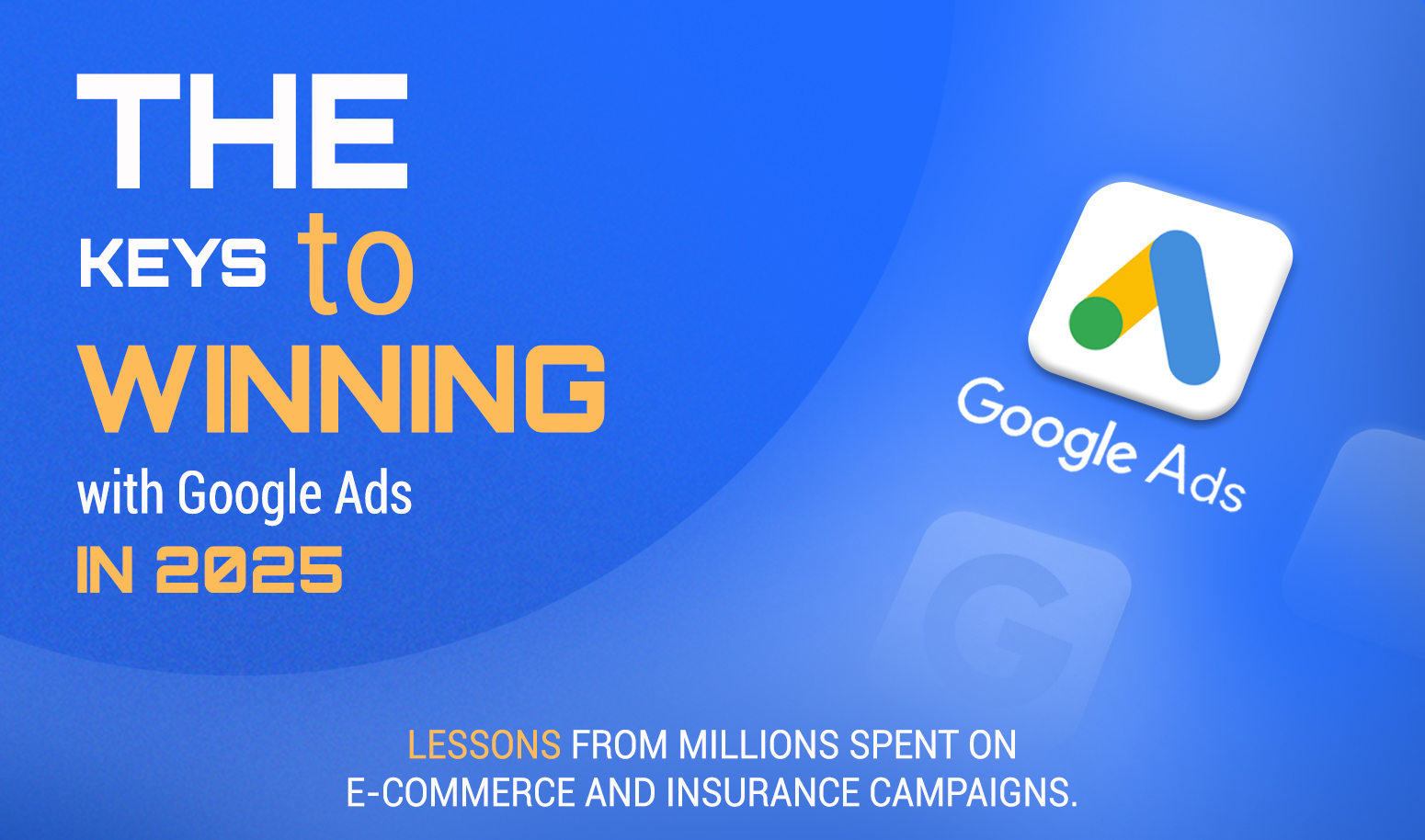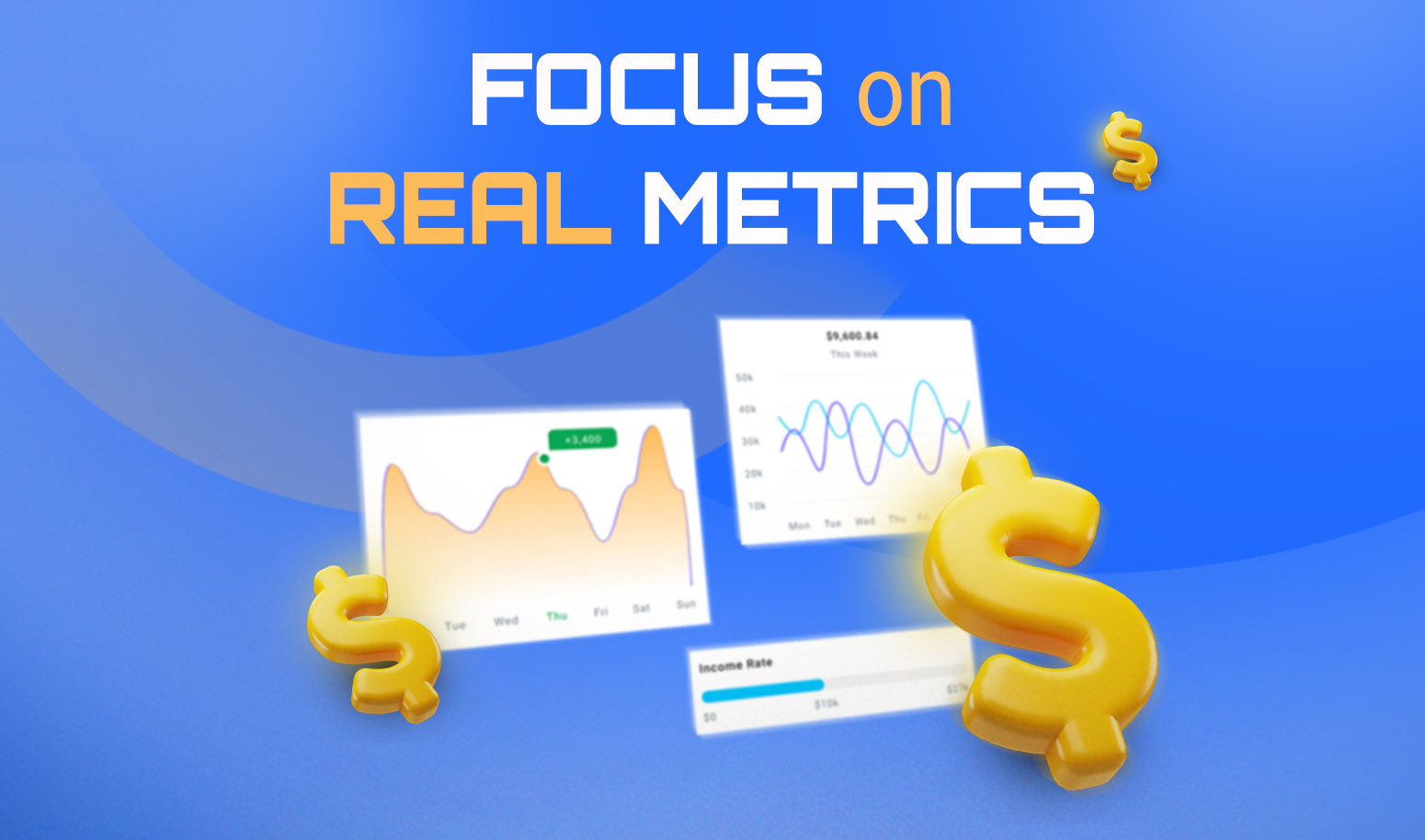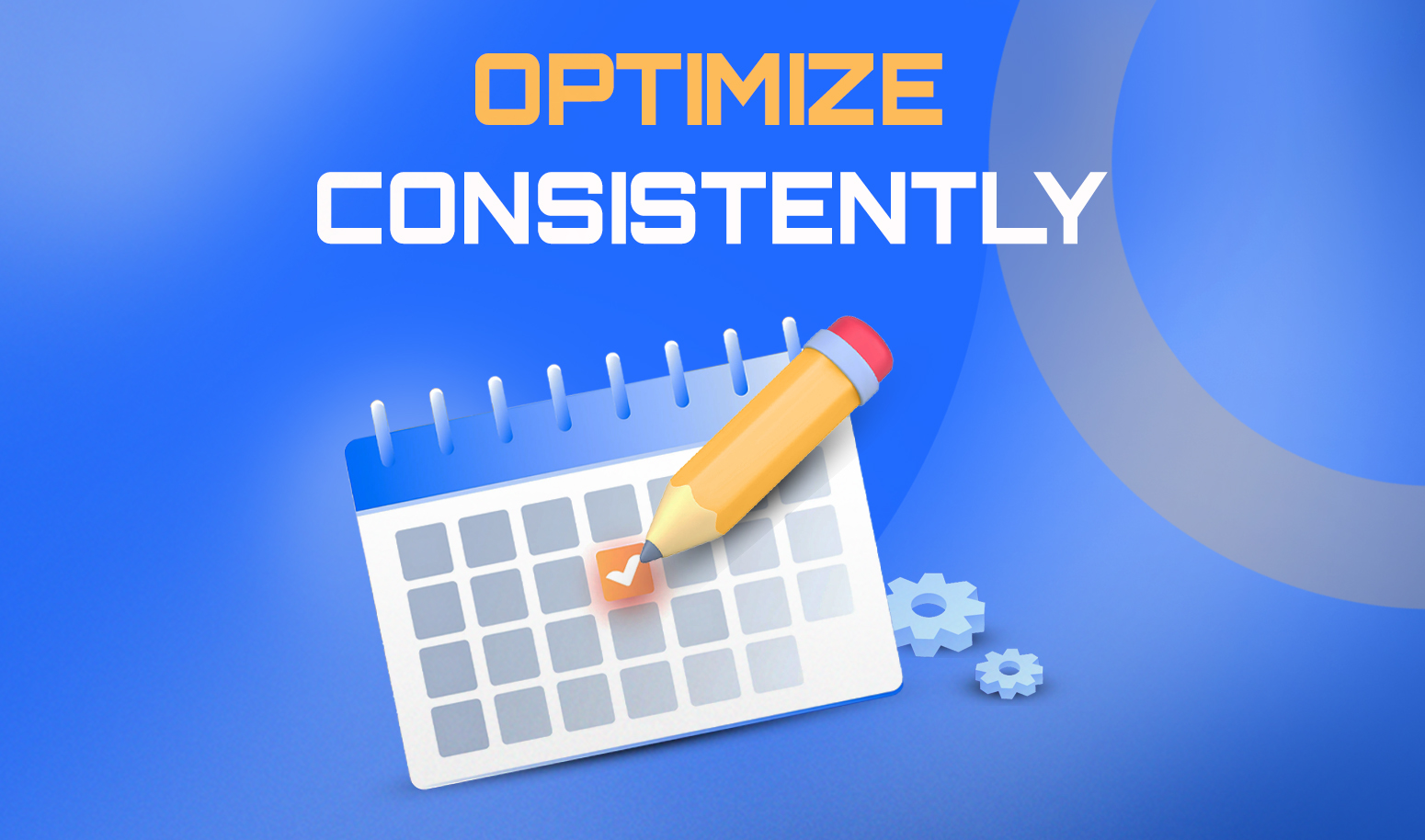Hayk Petrosyan
05/16/2025
The Keys to Success with Google Ads in 2025: Lessons from Millions Spent on Campaigns
At Aimit, we've spent millions of dollars managing Google Ads campaigns across the U.S., with a focus on e-commerce and insurance sectors.
Over the years, we’ve learned that consistent success with Google Ads isn't about luck it's about mastering a few critical principles and applying them rigorously.
Here’s what truly drives exceptional results with Google Ads in 2025:

1. Know the Business Deeply
Success starts long before the first ad goes live.
You must fully understand the business you're advertising for whether it’s your own, a client’s, or your employer’s.
Here's what matters most:
- Focus on proven winners:
Promote the products or services that attract the most customers or offer the best margins.
- Run the numbers:
In e-commerce, if a $100 product costs $50 to make, your break-even is a 2x ROAS. But to truly grow, you should target 3x–4x ROAS.
In lead generation, calculate average customer value and lead conversion rates to set your maximum cost per lead.
- Think long-term:
Understand Lifetime Customer Value (LCV).
Short-term thinking kills growth the real winners know that a customer’s true value often plays out over months or years.
- Account for the sales cycle:
Some buyers act fast; others need time.
Patience is key to properly evaluating campaign success, especially for high-ticket or complex products.
- Tailor by market:
Different cities, states, or countries often respond differently.
Adapt your campaigns to fit regional nuances one-size-fits-all rarely works.
- Leverage warm audiences:
Prioritize retargeting existing customers, followers, and email lists whenever possible.
Respect seasonality:
Instead of fighting seasonal dips, lean into peak periods to maximize returns. Smart spending adapts to real-world cycles.
2. Choose the Right Campaign Type
Once you know the business landscape, it’s time to pick the best campaign strategy.
Not all Google Ads campaigns are built the same and the wrong choice can cost you months of wasted budget.
Here’s a quick guide:
- Search campaigns: Best for new advertisers and service-driven offers targeting active intent.
- Shopping campaigns: Essential for e-commerce, especially when people are already searching for your products.
- Performance Max (PMax): Brilliant once you have conversion data, but risky for brand-new accounts.
- Demand Gen: Great for businesses shifting from Meta advertising thanks to easier creative setup.
- Display & Video: Useful for retargeting, brand building, and increasing visibility at scale.
The right campaign type accelerates growth; the wrong one stalls it.
Always align the campaign to your business’s unique needs and stage.
3. Focus on Profit-Driving Metrics
Not every number in your dashboard matters equally.
To really scale, focus on Return on Ad Spend (ROAS) for e-commerce and Cost Per Lead (CPL) for service businesses.
Secondary metrics like Click-Through Rate (CTR) or Impression Share can sometimes be misleading:
- A lower CTR might actually be a good sign if it means you're attracting higher-quality leads.
- A tighter Impression Share could mean your ads are laser-focused on profitable keywords.
In short:
Optimize for profits, not vanity metrics.
By staying obsessed with ROAS and CPL, you'll drive not just more leads and sales but also stronger brand awareness, customer loyalty, and market share over time.
And remember: proper attribution is critical.
Tools like Hyros can help you track exactly where your conversions are coming from, making your optimizations even sharper.

4. Stick to a Real Optimization Routine
Most campaigns don't perform at their best on day one and that's normal.
The difference between average and exceptional results?
Structured, consistent optimization.
At Aimit, our optimization framework includes:
- Checking search terms and adding negative keywords several times a week (especially for new campaigns).
- Testing new headlines and creative assets monthly to fight ad fatigue.
- Experimenting with new audience signals as performance data rolls in.
- Reviewing and adjusting bids and budgets with real conversion insights.
The key:
Don’t be random.
Set a schedule, stick to it, and continuously refine based on results.
The longer you optimize properly, the higher your ROAS and the bigger your growth curve.
